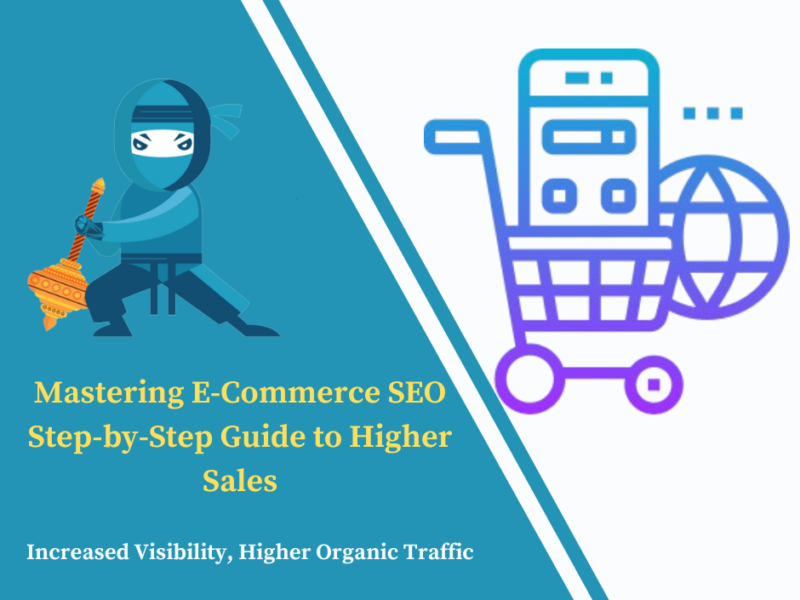
Days
Hours
Minutes
Seconds
Your Deal is Expired
|
|

Edit Content

As a leading online marketing company, always focuses on changing and improving businesses and their outcome.
Where to find us
- SN-3, First floor, ratauli road, near Town park, Bank Colony
- herry@hanuitsolutions.com
- +917082069620
Working Hours
- Mon-Sat : 9:00am - 6:00pm
- Sunday - Closed
Get In Touch
Facebook-square
Instagram
Linkedin
Tag: Product Pages

Using Social Proof to Skyrocket Your E-Commerce Store Sales
In the fast-paced world of e-commerce, standing...

Mastering E-Commerce SEO: Step-by-Step Guide to Higher Sales
In the rapidly evolving world of online...

How to Optimize Product Pages to Drive More Sales
In the competitive world of e-commerce, optimizing...
No posts found

